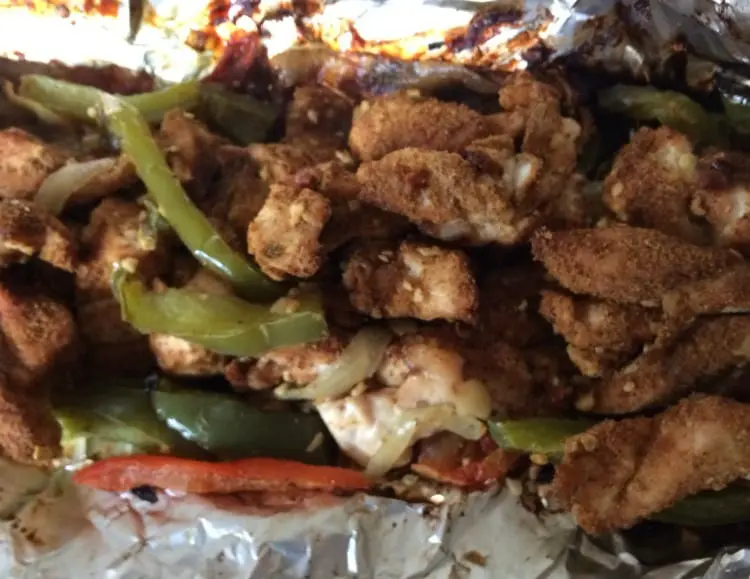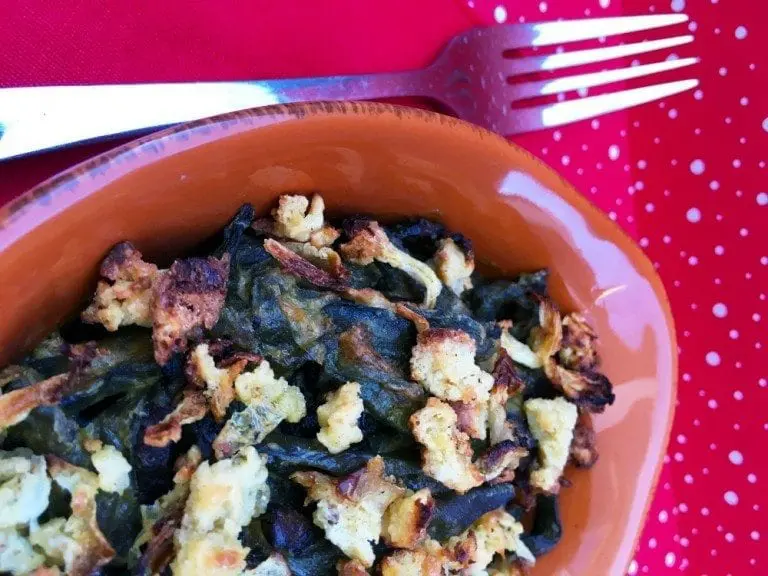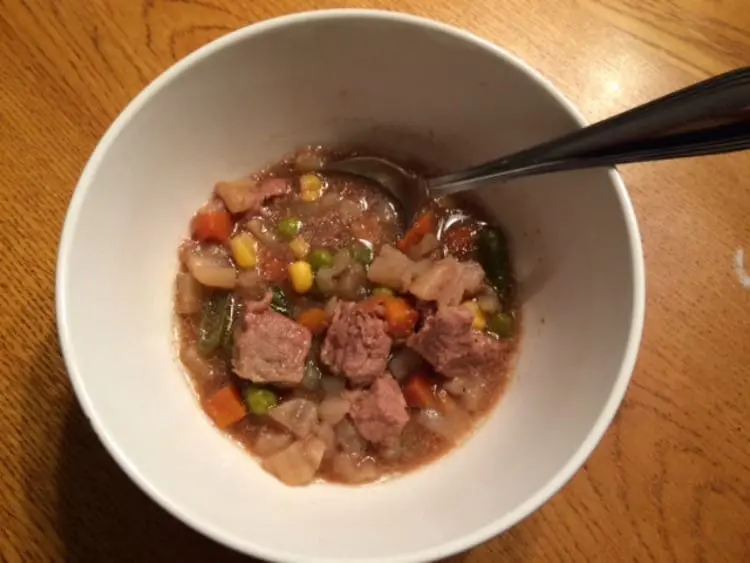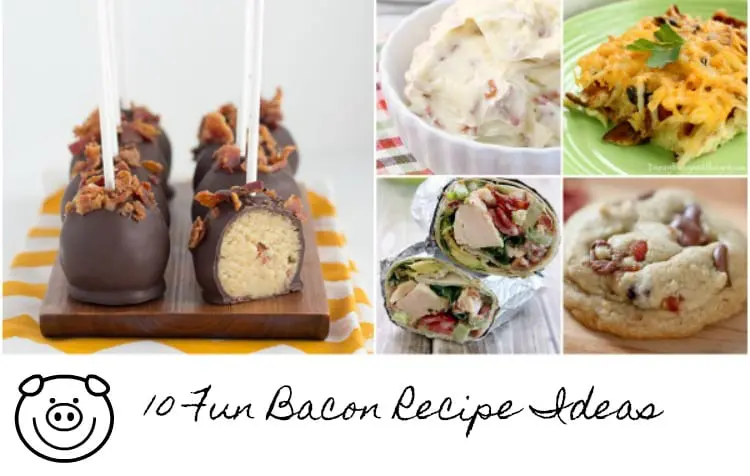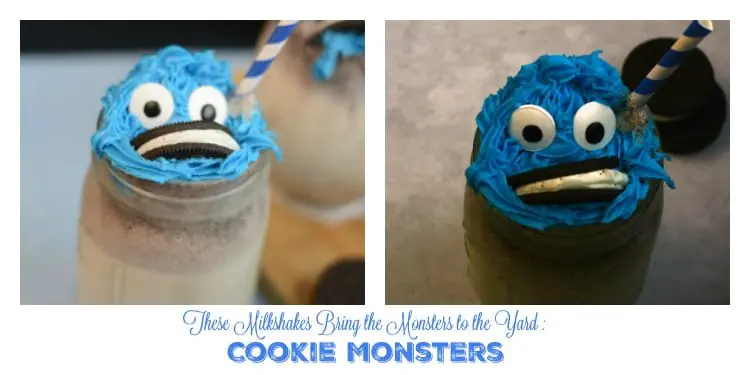Pro Tips For Frosting Cakes And Cupcakes
Frosting a cake or cupcake is one of those kitchen tasks that can turn a simple bake into a masterpiece. But let’s be honest, it’s not as easy as it looks. Whether you’re dealing with runny frosting, inconsistent designs, or just plain lack of inspiration, the struggle is real. But guess what? It doesn’t have to be that way. This guide aims to solve all your frosting woes and help you achieve that perfect swirl or elegant finish that will make your friends and family ask, “Did you really make this?”

We’re not just talking about a smear of frosting here; we’re talking about the kind of art that makes your treats a hit at any gathering. The goal is to make you feel confident enough to say, “Yes, I frosted that cake!” From choosing the right frosting to mastering the art of piping, we’ve got you covered. We’ll even share tips on how to fix common mistakes. By the end of this guide, you’ll have a strong grasp of the basic tools and techniques, allowing you to take your frosting game to a whole new level. So, let’s dive in and turn your kitchen into the ultimate frosting playground.
1. Choose the Right Frosting
The first thing to do is decide on your frosting. Buttercream is popular for its rich, creamy texture, while cream cheese frosting offers a tangy twist. If you’re leaning toward buttercream, consider using this buttercream frosting recipe that has been tried and tested for the best results. Then there’s the royal icing, perfect for intricate designs. The key is to match the frosting to your cake or cupcake flavor. You don’t want the tastes to clash. For example, chocolate cake pairs well with mint or orange frosting. Experiment with different combinations until you find your favorite. It’s all about balancing flavors.
2. Get the Right Tools
Your toolkit is crucial. Invest in a good set of piping bags and tips. A spatula is also a must for spreading the frosting evenly. If you’re planning on doing more intricate designs, a turntable can be a game-changer. These tools don’t have to be expensive, but good-quality ones will make the job easier and the results better. Remember, good tools are half the work.
3. Prepping the Cake
Before you even think about frosting, your cake needs to be completely cool. Any warmth will melt the frosting, causing it to slide right off. After the cake has cooled, you might need to level it. Use a serrated knife to cut off any domed or uneven parts. You want a flat surface to work on. Once your cake is level and cool, you’re ready to move on to the fun part—frosting.
4. Crumb Coating
The first layer of frosting called the crumb coat, is crucial. It acts as a base and traps any loose crumbs. To start, spread a thin layer of frosting over the entire cake. Don’t worry if it’s not perfect; this is just the base layer. Once the crumb coat is applied, put the cake in the fridge for about 30 minutes. This will set the frosting and prepare the cake for the final layer.
5. The Final Layer
After the crumb coat sets, it’s time for the final layer. This is where you’ll see your cake start to come to life. Take your time to apply a thicker layer of frosting, smoothing it out as you go. If you want, you can use a piping bag for more precise edges. The goal is to get a smooth, even layer that will serve as the canvas for any additional decorations.
6. Piping Techniques
Piping can elevate the look of your cake or cupcake. Some popular techniques include the rosette, the star, and the zigzag. You don’t need to be a pro to master these. A steady hand and a bit of practice are all it takes. Remember, the more you practice, the better you’ll get. So don’t be discouraged if your first attempts aren’t perfect.
7. Adding Decorations
Beyond frosting, there are countless ways to decorate. Think about sprinkles, edible flowers, or even fruit slices. The sky’s the limit, but remember to keep it complementary to your cake’s flavor and frosting. For example, lemon slices could go great on a lemon cake but may not work on a chocolate one.
8. Storage Tips
After all the hard work, you want your cake or cupcakes to stay fresh. Store them in an airtight container to keep them moist. If you’ve used a cream-based frosting, they might need to be refrigerated. Be sure to check the guidelines for the specific frosting you’ve used.
9. Fixing Mistakes
Mistakes happen, but don’t fret. Most are fixable. If your frosting is too runny, add more powdered sugar. If it’s too thick, a splash of milk can help. If you mess up the design, you can always scrape off the frosting and start again. The key is to stay calm and think of a solution.
10. Practice Makes Perfect
The more you practice, the better your frosting skills will become. Start simple and work your way up to more intricate designs. And don’t be too hard on yourself. Even professional bakers had to start somewhere. Keep at it, and soon, you’ll be frosting cakes and cupcakes like a pro.
Conclusion
That’s a wrap on our guide to frosting cakes and cupcakes. With these tips in your back pocket, you’ll be well on your way to creating showstopping desserts. Remember, practice is key, so don’t be afraid to get in there and get your hands dirty—or rather, sugary. Happy frosting!
Similar Posts:
- None Found


